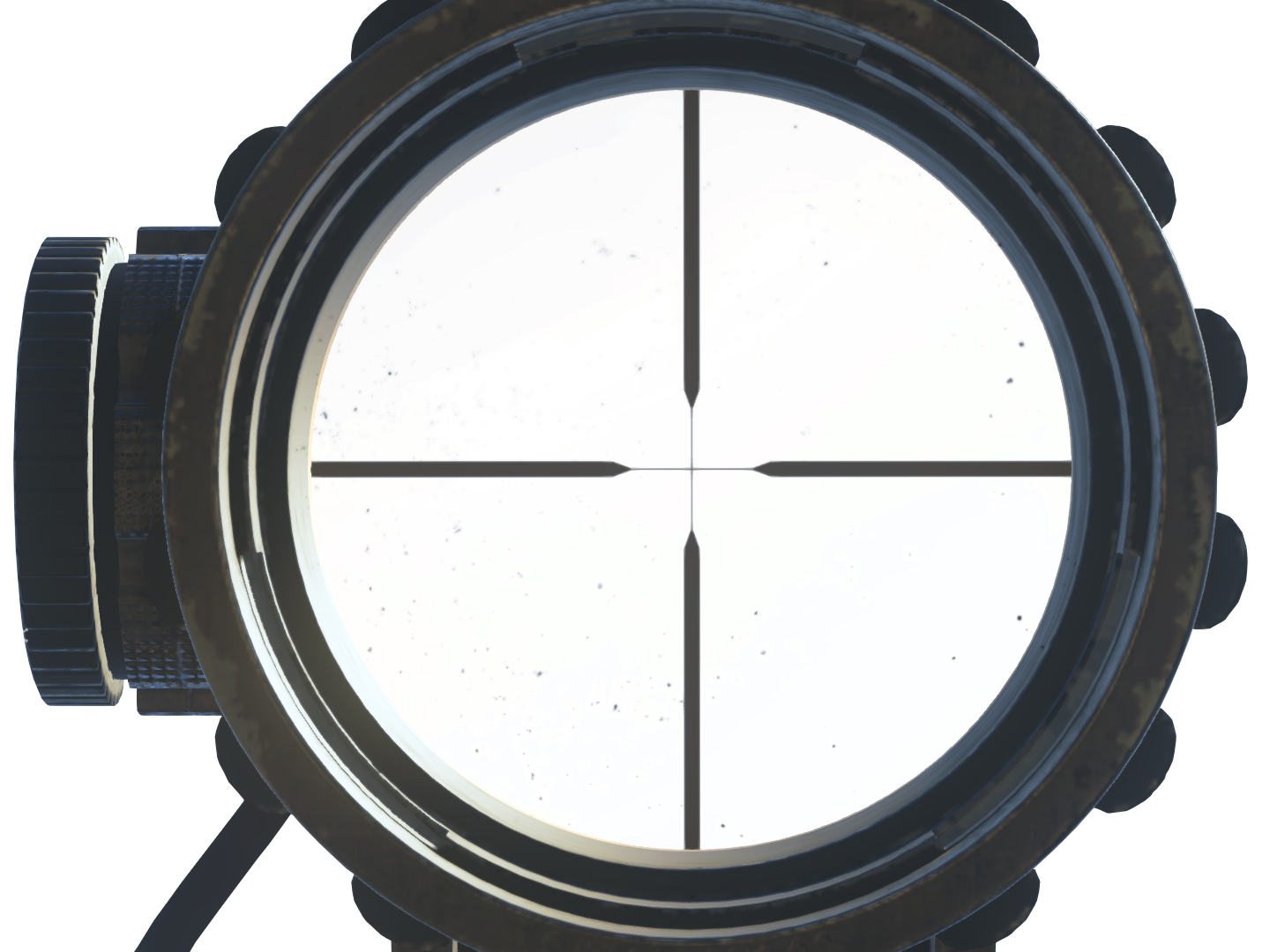Instrumentation and control systems represent a vital paradigm within various industries, encompassing an intricate network of components designed for monitoring, managing, and optimizing processes. This interdisciplinary field amalgamates principles from physics, engineering, computer science, and mathematics, resulting in a sophisticated architecture capable of resolving complex challenges encountered in industrial applications. The scope of instrumentation and control systems is vast and multifaceted, underscoring the essential role they play in enhancing efficiency, reliability, and safety across myriad sectors.
The overarching objective of instrumentation is to develop devices capable of measuring physical properties—such as temperature, pressure, flow, and level—with remarkable precision. The evolution of these instruments has undergone remarkable transformation, from rudimentary gauges to sophisticated sensors that employ advanced technologies like micro-electromechanical systems (MEMS) and fiber optics. Such innovations not only foster improved accuracy but also increase the responsiveness of these instruments to dynamic environmental changes. The promise embedded in these advancements points towards a paradigm shift in how industries approach measurement and monitoring.
Control systems, on the other hand, serve the pivotal role of manipulating variables to achieve desired outcomes. By employing algorithms and feedback mechanisms, these systems integrate with instrumentation to shape processes in a coherent and controlled manner. This symbiotic relationship between instrumentation and control engenders a comprehensive framework that is indispensable in applications ranging from manufacturing to aerospace. In contemplating the breadth of this field, one encounters a plethora of applications that extend far beyond conventional paradigms.
One compelling application of instrumentation and control systems is reflected in the realm of process industries, where they facilitate the refinement of raw materials into consumable products. Industries such as oil and gas, pharmaceuticals, and food processing leverage sophisticated control techniques to optimize throughput while maintaining stringent safety standards. For instance, advanced process control (APC) methodologies harness the synergy between real-time data acquisition and predictive algorithms to heighten operational efficiency. As global demands escalate, the imperative for enhanced productivity becomes increasingly paramount, thereby expanding the scope of these systems.
Moreover, the advent of Industry 4.0 encapsulates a future where interconnected devices and intelligence converge. The Internet of Things (IoT) has revolutionized predictive maintenance paradigms, enabling organizations to anticipate failures before they manifest. Through integrated instrumentation that continuously monitors equipment health, businesses can significantly mitigate risks and reduce downtime. This foresight marks a profound shift in operational strategies, wherein the integration of big data analytics and machine learning invigorates control methodologies and fosters a culture of proactive decision-making.
The integration of renewable energy sources also exemplifies the expanding horizon of instrumentation and control systems. As society grapples with climate change and the quest for sustainability, smart grids and microgrid technologies have emerged at the forefront of energy management. Innovative control systems designed to accommodate solar, wind, and other renewable sources necessitate a transition in traditional power distribution paradigms. Contextually, the promise of instrumentation in integrating these variables heralds an era of energy efficiency and reduced dependency on fossil fuels.
Furthermore, the role of instrumentation and control systems extends into the healthcare sector, where precision and control are pivotal for patient safety and treatment efficacy. Medical instrumentation encompasses a diverse array of devices that monitor physiological parameters, facilitate diagnostics, and administer therapies with extraordinary precision. The evolution of telemedicine and remote monitoring showcases the dynamic scope of control systems, allowing practitioners to oversee patient health from disparate geographic locations. The implications are profound; not only does this advance patient care, but it also cultivates a more responsive healthcare system, adaptive to the needs of modern society.
Education and training play a crucial role in expanding the landscape of instrumentation and control systems. As the complexity of these systems grows, so does the need for a highly skilled workforce adept in the principles of automation, data analytics, and system design. Academic institutions and professional organizations are increasingly redefining curricula to meet industry demands, emphasizing hands-on experience with the latest technologies. As students delve into the intricacies of this discipline, they are poised to become architects of future innovations, driving the field towards unexplored frontiers.
In summary, the scope of instrumentation and control systems is prodigious, enveloping a relentless pursuit towards optimization, reliability, and safety across diverse industries. The confluence of technological advancements and human ingenuity promises not only to revolutionize operational paradigms but to inspire a collective re-evaluation of established practices. As these systems advance, they beckon the inquisitive mind to explore their potential further, revealing uncharted territories ripe for exploration and innovation. This field, deeply rooted in a symbiotic relationship between measurement and control, is undeniably pivotal for the luminosity of a forward-thinking society.










